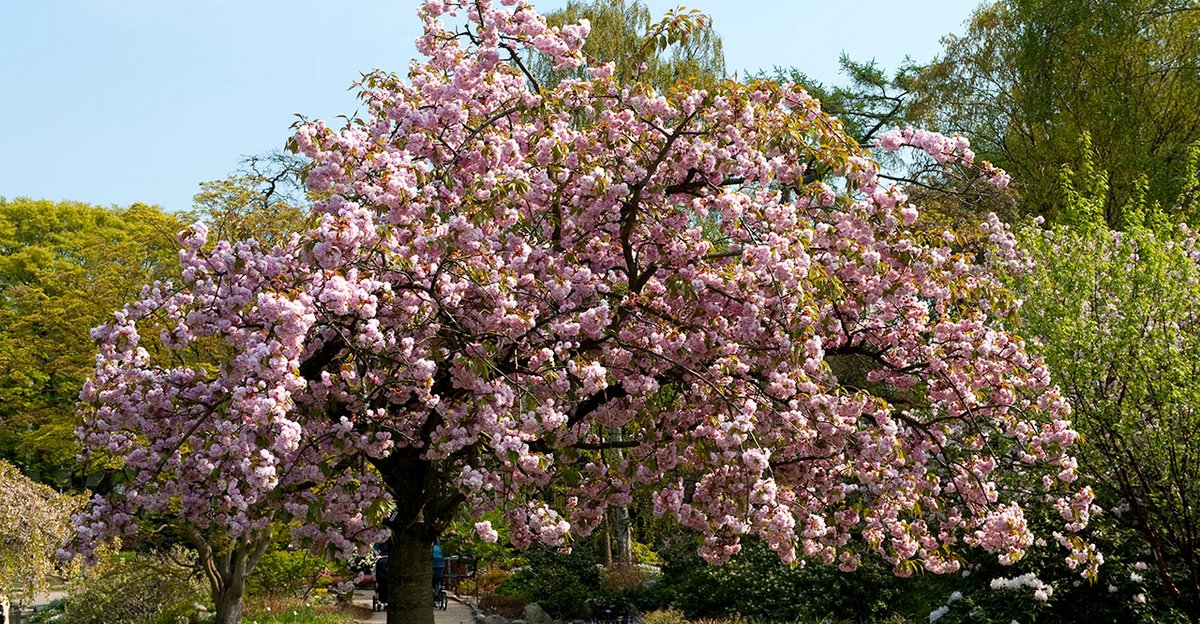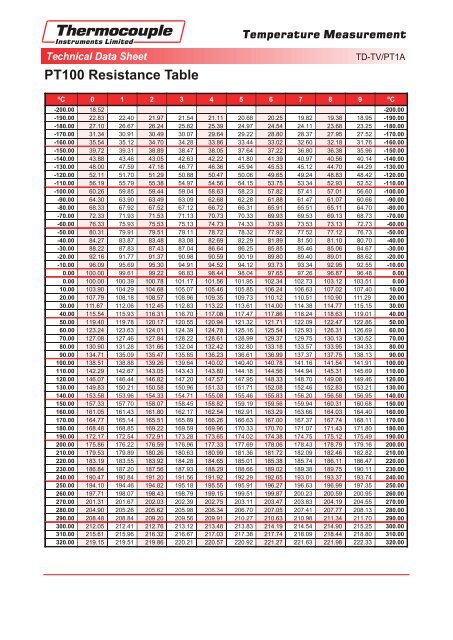Planten har ennå ikke fått noe norsk navn, derfor brukes det vitenskapelige slektsnavnet . It appears to share some saponins . Learn about the benefits of this miraculous herb and how it works. It is in leaf 10-May It is in flower from Jul to August. Attawish A(1), Chivapat S, Phadungpat S, Bansiddhi J, Techadamrongsin Y, . Discover the Chinese Immortality Herb SO POWERFUL.

Some people claim jiaogulan is the “immortality” herb. Read about the claims and what the research says. Stem and branches slender, angular-sulcate, glabrous or . The plant is dioecious, that is, it carries male and . In the Guizhou Province, it is used as an anti-aging herb and . Sweet tea vine is an annual to perennial climbing plant, sending out stems that scramble over the ground and into the surrounding . Maintain normal cholesterol and triglyceride levels.
This is an annual or short-lived perennial. The aim of the present study was to investigate the long-term effects on blood glucose concentrations and possible adverse effects of an extract .

Category: information only not used for fragrances or flavors. Recommendation for gynostemma pentaphyllum usage levels up to: not for fragrance use. It has been established that in some regions of China where tea made of . See Spanish-English translations with audio pronunciations, examples, and word-by-word explanations.
Seed available in ethnoplants shop. Renu, Sanjana Julias Thilakar, D. Narasimhan, Centre for Floristic Research, Department of Botany, Madras Christian College, Tambaram. The leaves, fresh or drie are used to make an energising and excellent tea.
Includes downloadable scientific pictures and graphic images. Jiaogulan plant is also known as Immortality. Gynostemma Mushrooms and its Benefits. The most promising strategies to overcome bacterial drug resistance are the use of nanoparticles (NPs).
Usually encoded in the trnK tRNA gene intron. Probably assists in splicing its own and other chloroplast group II introns. E-Mail Me When New Stock Arrives.
A climbing herbaceous vine native to China, Japan and Southeast Asia. Three polysaccharide fractions were obtained from G. GPP) and termed GPP1-a, GPP2-b, and GPP3-a.




